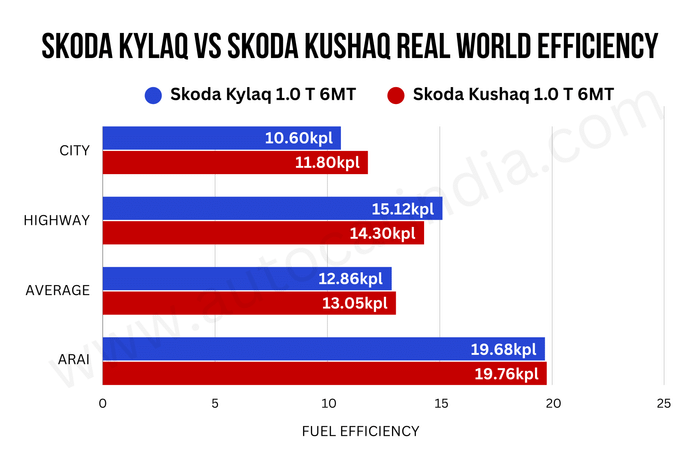NASA has unveiled a spectacular series of nine cosmic images captured by the Chandra X-ray Observatoryreleased on July 23, 2025. This new collection pushes the boundaries of space exploration and astronomy, offering the most detailed look at some of the universe’s most energetic phenomena. While Hubble and JWST have their own strengths—Hubble observing visible light and JWST peering into the infrared spectrum—Chandra’s specialized X-ray vision opens a window into the high-energy world of black holes, supernova remnants, and intense gas emissions.
The Power of Chandra’s X-ray Vision
The Chandra X-ray Observatory has been in operation since its launch in 1999, and its ability to detect X-rays has significantly enhanced our understanding of the high-energy universe. X-rays are emitted from the hottest, most energetic regions in space, such as black holes, neutron stars, and supernova remnants. This specialized capability allows scientists to study the most violent and energetic processes in the universe.
Each of these newly released images reveals a different part of the universeshedding light on phenomena that are often invisible to traditional optical telescopes. The X-rays, represented in vivid pink and purple hues, allow astronomers to trace the path of energetic particles and gases. By combining Chandra’s observations with data from other telescopes like Hubble and JWST, scientists are able to compile a much more comprehensive picture of the cosmos, showing how objects in space interact and evolve.
Chandra’s focus on X-rays means it can explore regions such as superheated gas clouds or the intense energy generated by supernova explosions. The observatory’s findings are essential for understanding how galaxies and stars form, how black holes grow, and how matter behaves under extreme conditions. These insights open up vast new avenues for research and offer a deeper, more intricate look at the universe’s most energetic and enigmatic phenomena.
A Closer Look at the Cosmic Images
The newly released images offer a diverse set of cosmic phenomena, showcasing Chandra’s immense power and range. For example, the image of N79a region of star formation in the Large Magellanic Cloud, reveals energetic gas shaped by the radiation and winds from young, hot stars. Chandra’s X-ray image of this region highlights how stars interact with their environment, showing how the gas is heated and influenced by their energy.
Another compelling image is NGC 2146a spiral galaxy with a wealth of X-ray-emitting phenomena like supernova remnants and energetic winds from giant stars. Chandra’s X-ray vision captures the intense activity at the heart of this galaxy, revealing the interaction between the stars, gas, and dust. The X-rays emitted by the galaxy provide insights into how the energy generated by stars shapes the surrounding material.
In the case of IC 348another star-forming region, Chandra’s X-ray images highlight how young stars are scattered among glowing interstellar dust. The reflective nature of the surrounding dust adds a layer of complexity to the image, as the light from the new stars interacts with it in fascinating ways. These images offer an up-close look at stellar birth and the complex processes that occur as new stars emerge.


The Role of Black Holes and Supernova Remnants
One of the most fascinating aspects of the images is how they highlight the role of black holes and supernova remnants. These are two of the most extreme objects in the universe, known for their immense gravitational pull and explosive power.
For instance, NGC 1068a spiral galaxy featured in the collection, shows the incredible X-ray emissions from its active supermassive black hole. This black hole is surrounded by a high-energy environment that accelerates particles to nearly the speed of light, generating intense X-rays. These X-rays can be traced back to the winds coming from the black hole’s accretion disk, blowing at speeds of up to 1 million miles per hour. This discovery reinforces the idea that black holes are not only devouring matter but also actively shaping their surrounding environments with powerful energy outputs.
Similarly, the image of IC 1623a galaxy merger, shows how supernova remnants are scattered throughout the collision zone. The intense energy produced by these remnants contributes to the formation of new stars, while simultaneously enriching the surrounding gas with elements forged in the explosion of previous stellar generations. These images provide a deeper understanding of how black holes and supernovae influence galaxy evolution and the formation of new stars.
























































